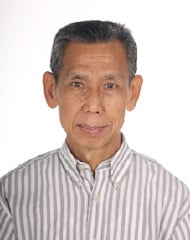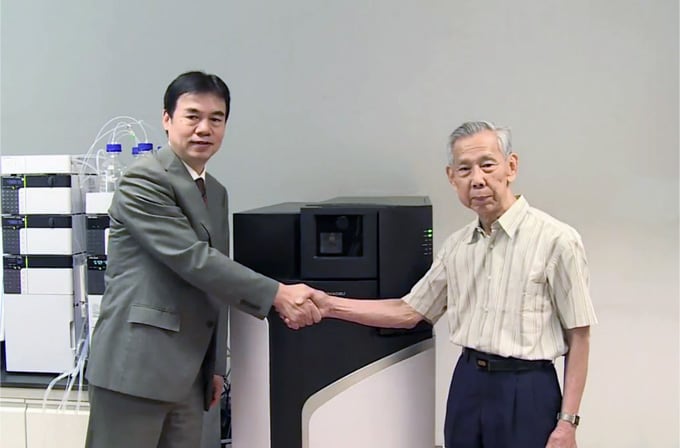Celebrating 50 Years of MS Innovation - User interviews January 2020
On the occasion of Shimadzu's 50th year of producing mass spectrometry instruments, we talk to researchers using Shimadzu MS instruments in therir daily work and ask about their expectations for Shimadzu and the future of MS technology.

Wang Guanghui, Professor
National Centre for Mass Spectrometry,
Institute of Chemistry Chinese Academy of Sciences
Main field of study:
Structural analysis of compounds, ion-molecule reactions, etc.
1. How did you become familiar with Shimadzu?
Around 20 years ago, a new, award-winning Shimadzu GCMS-QP5000 was installed in our lab (Institute of Chemistry, Chinese Academy of Sciences) and we provided "one-on-one hands-on training" for Shimadzu GCMS users by using the instrument. We could also use the instrument in our work to further our research. That was my first experience with Shimadzu.
2. What is your main field of research, and how are you utilizing Shimadzu equipment?
We mainly use GC-MS and LC-MS for qualitative analysis of complex mixtures. We not only look for compounds in a spectral database, but also can carry out structure analysis on unknown compounds that are not in the database. This research touches on many areas such as environmental protection, and pharmaceutical research. Currently, structure analysis of unknown compounds is a weak point of research in China that has great potential for development. For example, the potential uses of big data and AI, or the development of MS for substructure or functional group analysis, are often neglected.
3. What are your reasons for choosing Shimadzu equipment?
Since we started using a GCMS-QP5000 in our lab, we have received support from Shimadzu in various ways. This kind of cooperative relationship brings about great results, and it has continued for many years. Because we had gained a deep knowledge of Shimadzu instruments, we later introduced two GCMS-QP2010 devices and one LCMS-2010A. These instruments are still operating stably after more than a decade of use. At present, the Institute of Chemistry has five LC/MS instruments (including an LCMS-9030), seven GC/MS instruments, and one MALDI-TOF, distributed amongst the different labs.
4. What trends are you seeing in your field with regards to the use of mass spectrometry?
Accurate mass spectroscopy (high resolution MS) plays an important role in structure analysis of unknown compounds. The instruments that can currently meet these needs are Fourier transform ion cyclotron resonance mass spectrometers and orbit ion trap mass spectrometers. However, these machines are expensive, so they are not in widespread use. An important avenue of research is the development of new, low-cost electrostatic ion trap mass spectrometers. Using Fourier transform technology, they could achieve high resolution and accurate mass measurements.
5. What are your expectations for Shimadzu and for MS technology in general in the future?
We hope that Shimadzu will develop electrostatic ion trap GC/MS instruments which will be robust and low-cost. Ideally the instrument would have a resolution of over 20,000 with a mass measurement accuracy of 2 ppm, and no need to calibrate frequently.

The unveiling ceremony of LCMS-9030 (right: Prof. Wang Guanghui)


